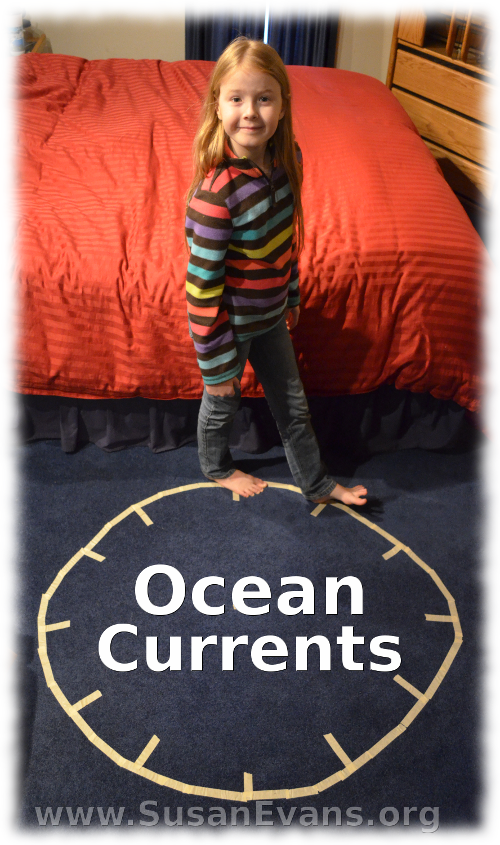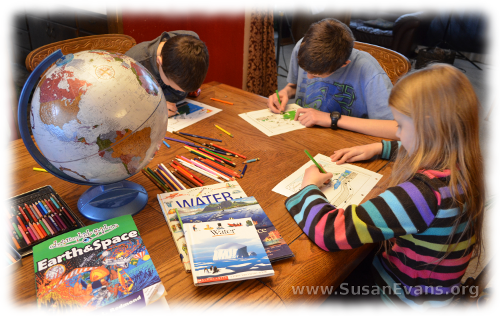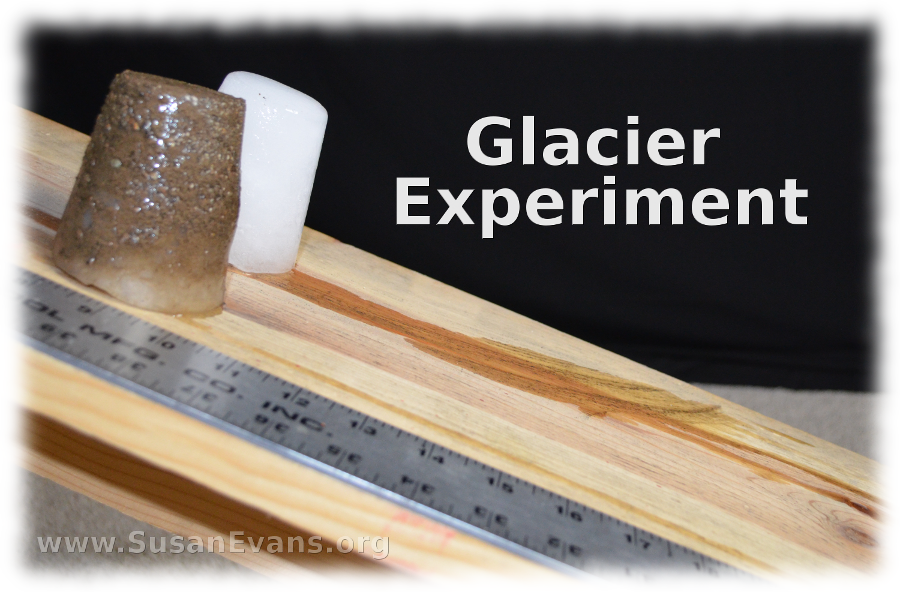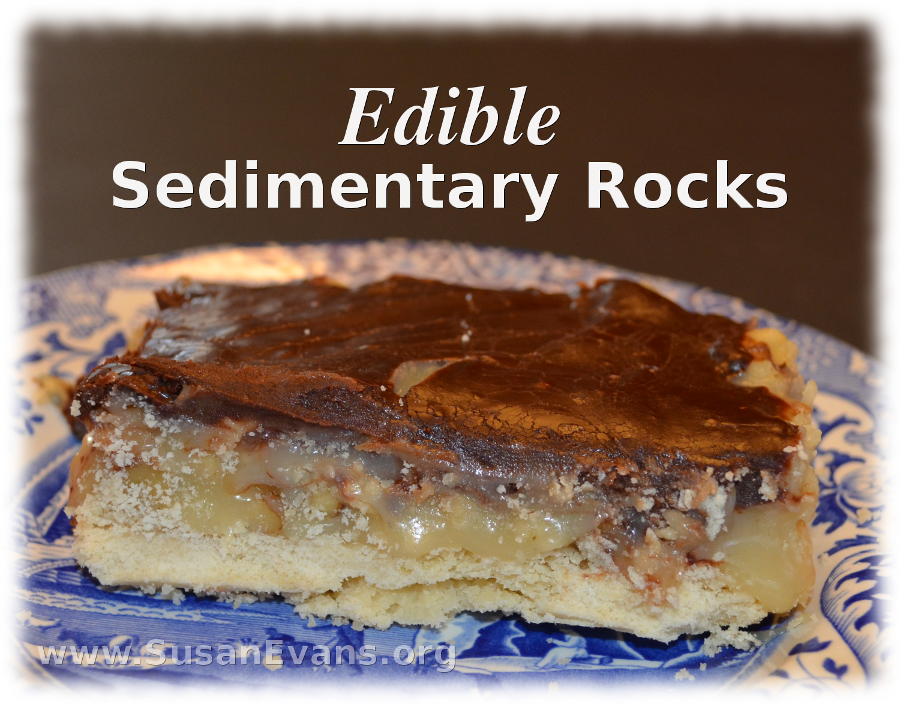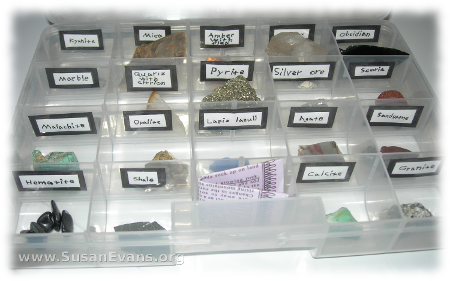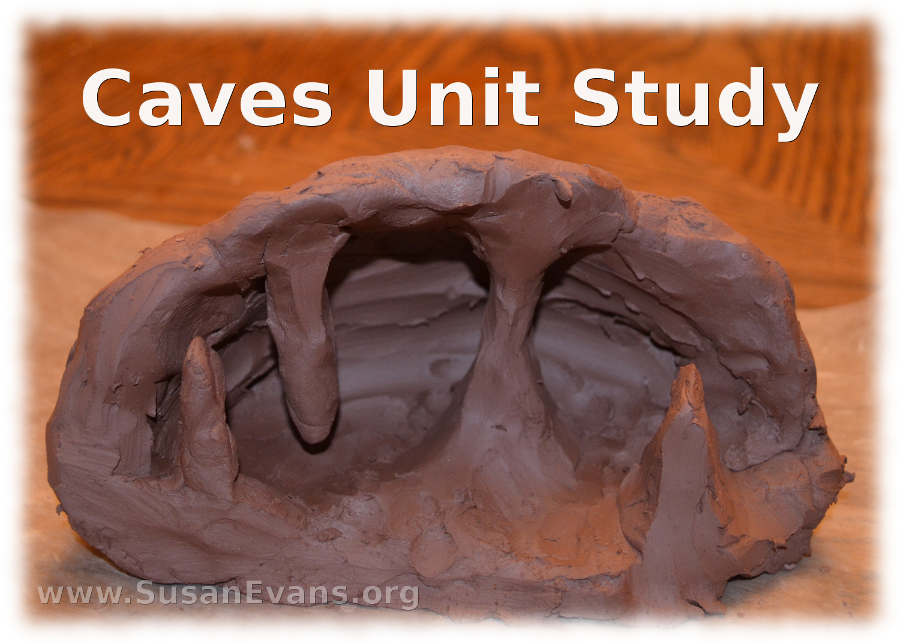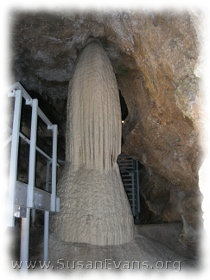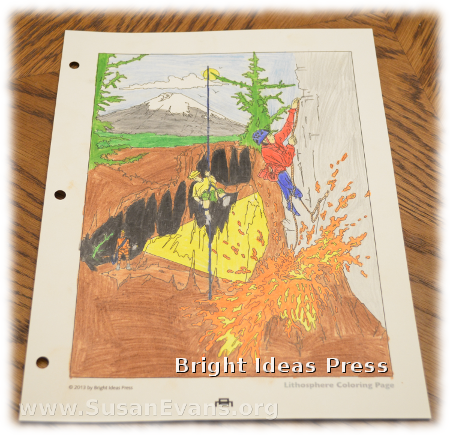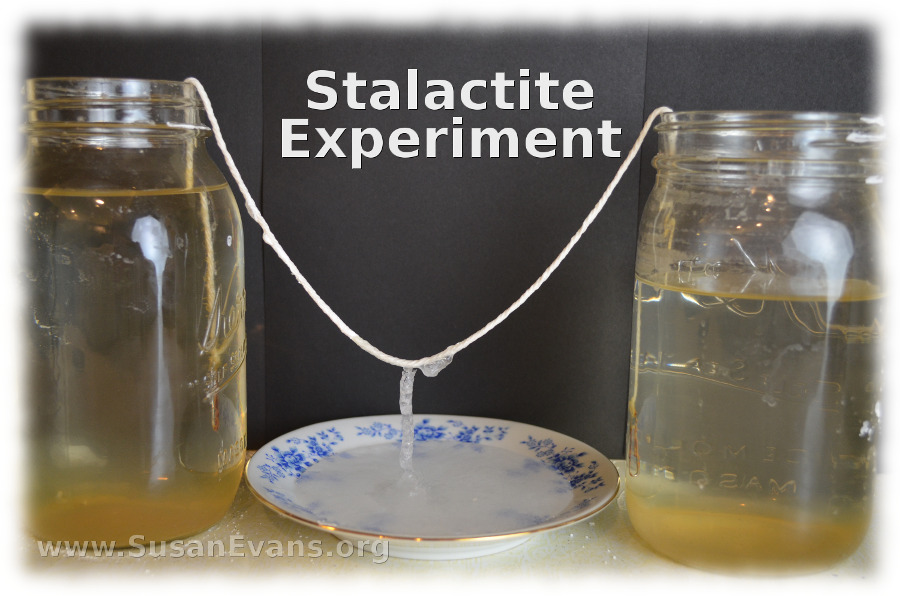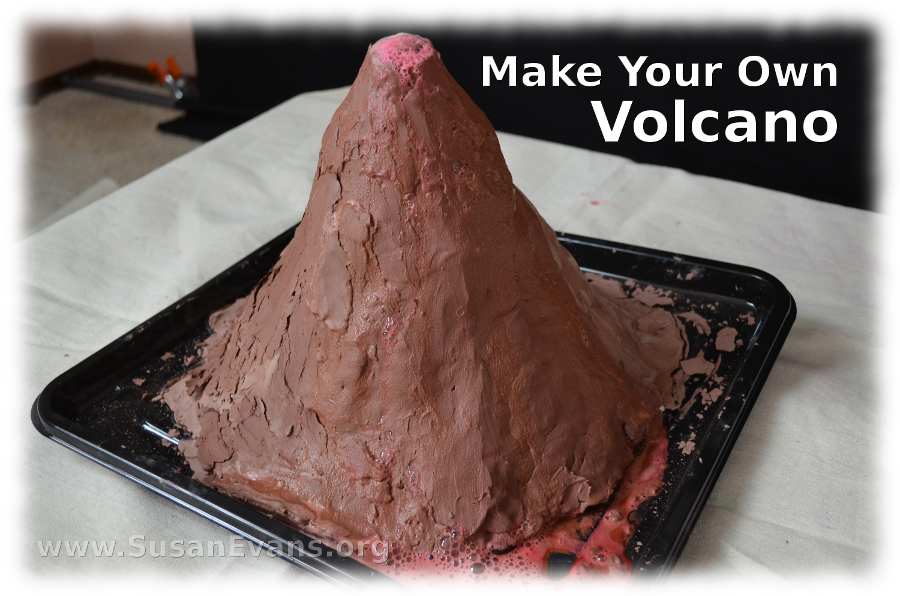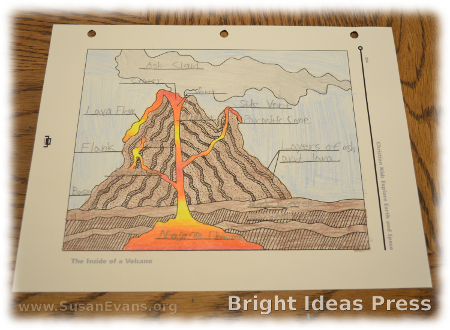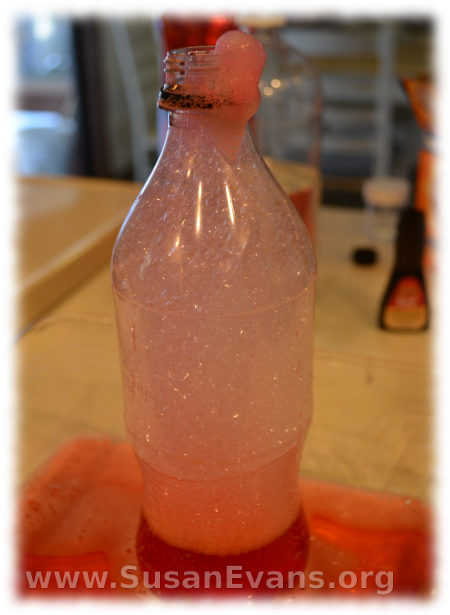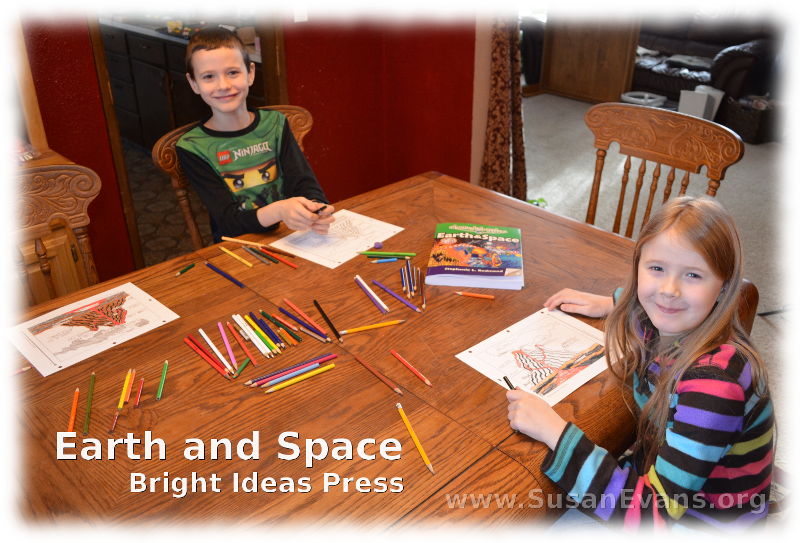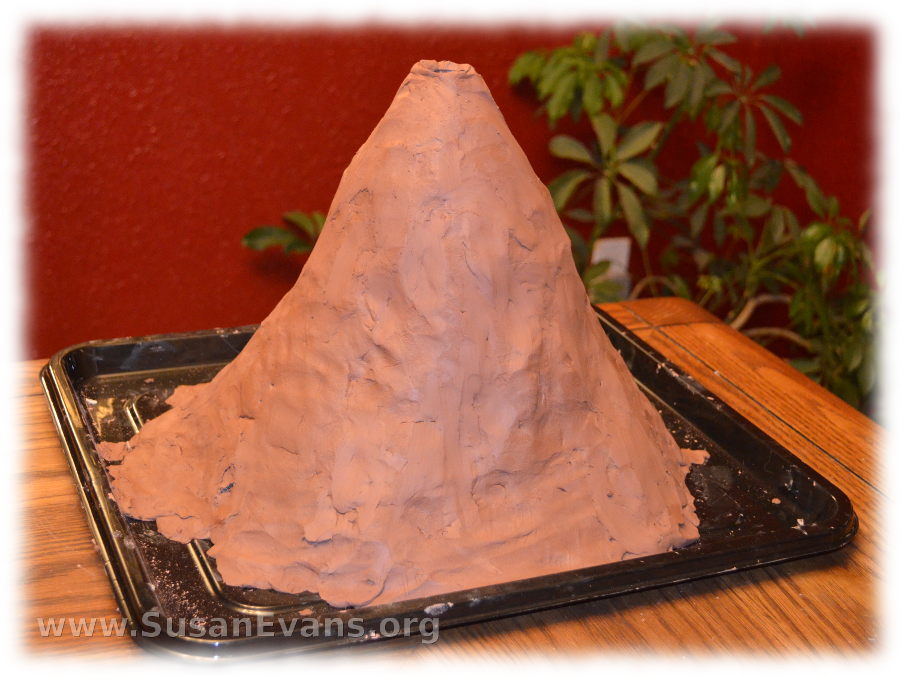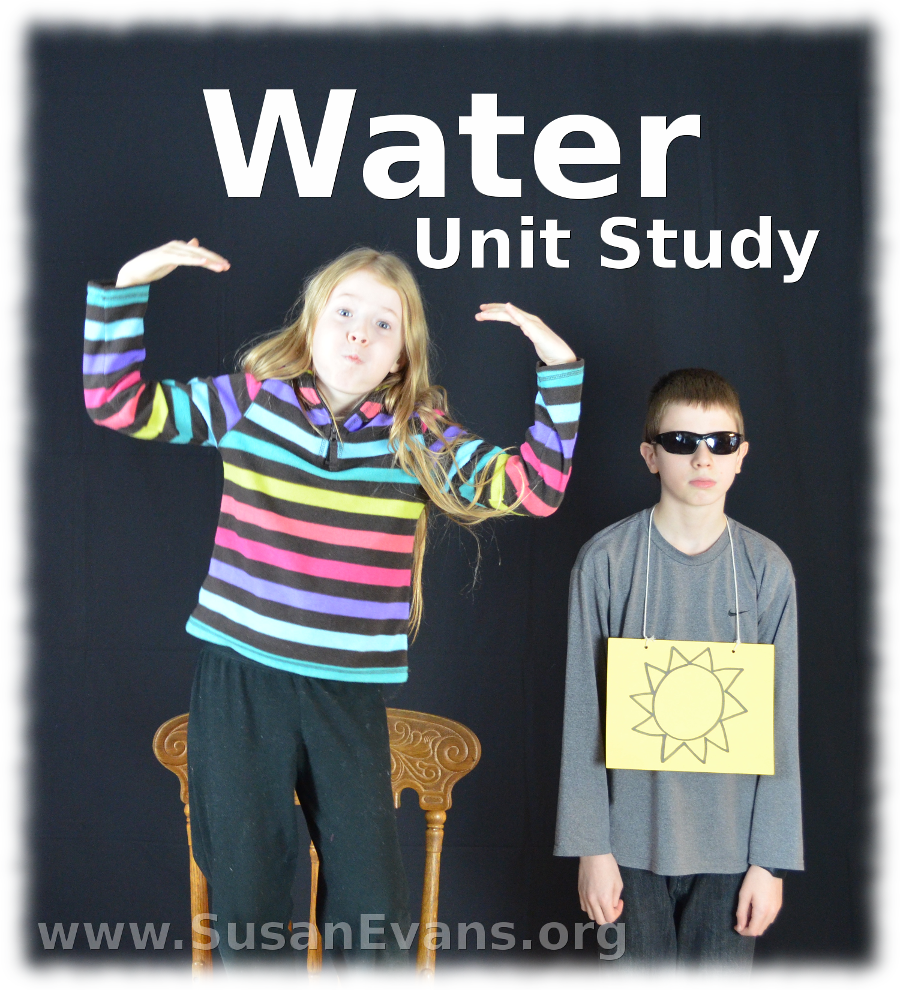 The following article contains an affiliate link. I was compensated for my work in writing this post.
The following article contains an affiliate link. I was compensated for my work in writing this post.
When you are doing a water unit study, you will want to observe water in its 3 states: solid, liquid, and gas. We are continuing our study of Earth and Space by Bright Ideas Press, and we are doing the chapters on the hydrosphere.
First we colored and labeled the Water Cycle page provided in the book. Then we dramatized the water cycle by having the kids evaporate themselves up to the chair, puff themselves out as clouds, and rain down by jumping off the chair.
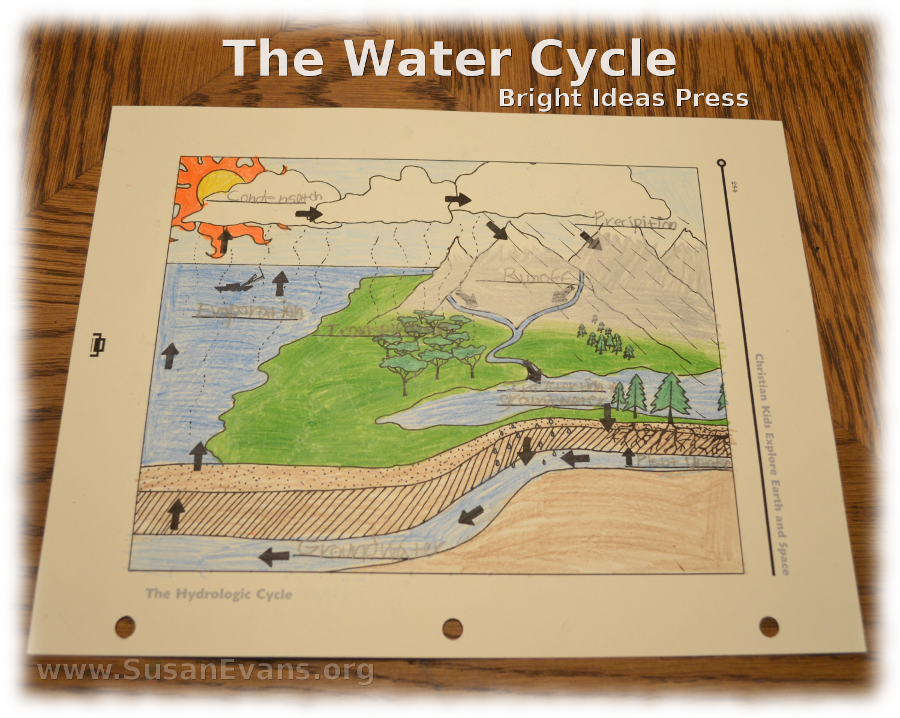
Oceans cover the majority of our Earth, and these currents flow in a clockwise pattern in the Northern Hemisphere, and a counter-clockwise pattern in the Southern Hemisphere. The book says to draw a clock with chalk on your driveway, but since we had snow on our driveway, we decided to use masking tape on the carpet. My daughter demonstrated the ocean currents in our video.
We enjoyed looking at other picture books about water, seeing how it evaporates into the air when you leave a glass of water on the counter. I especially love picture books that have gorgeous illustrations to help kids visualize how important water is to us as human beings.
Most of the fresh water on Earth is found in glaciers. We performed the glacier experiment in the book, where you race two blocks of ice down a ramp, to see if ice with dirt goes faster or slower than ice without dirt. Make sure you use paper cups for freezing your water. The water freezes faster if you used crushed ice from a blender to start with, and the dirt mixes better with the water when you have crushed ice. You’ll have to watch the video to see which glacier wins!
